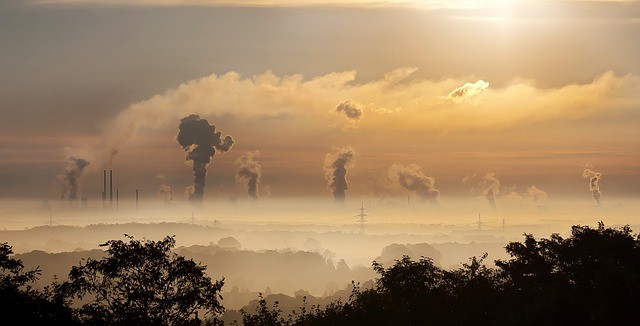For the first time this year, Beijing has entered China's list of most polluted cities.
The Chinese capital has met the national standard for only 35.5 percent of the days of July, landing the city on the 65th spot among the country's 74 major cities.
In the monthly air quality report of the Ministry of Environmental Protection released on Monday, most of the polluted days showed ozone concentration surpassing the normal level.
Excessive ozone concentration poses danger to health and can cause respiratory tract irritation, affect lung function, and damage the immune system. During such days, experts recommend for people to stay indoors at noon.
Luo Yi, the ministry's environmental supervision chief, revealed that the maximum concentration in eight hours exceeded the national standard by 58.1 percent, a figure 13.3 percent points higher than last month's maximum.
Excessive ozone concentration, which is mainly a result of complex photochemical reactions, pertains to the ozone in the land surface layer, Chen Nianliang, a researcher at the Beijing Municipal Environmental Monitoring Center, explained.
This air quality measure is affected by large emission amounts of nitrogen oxides and volatile organic compounds, Chen added, citing that these are the major pollutants from coal burning, chemical industries and vehicle exhaust.
The report also showed that the city of Xingtai was China's most polluted. Also, six cities of the Hebei Province, a neighbor of Beijing, were included in the list's top 10.
However, except for higher ozone concentration, Beijing has posted a year-on-year decrease in other major pollutants. For instance, PM2.5, a particulate matter with a less-than-2.5-microns diameter, dropped by 31.9 percent. Sulfur dioxide also fell, decreasing by 28.6 percent in July.



























